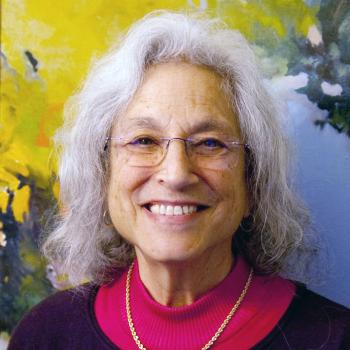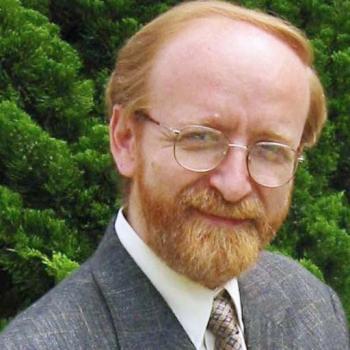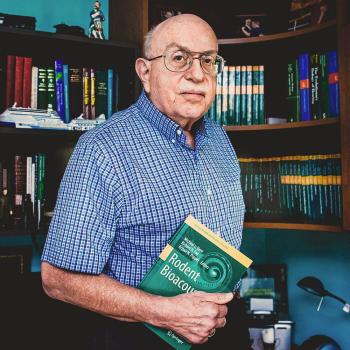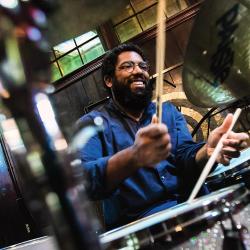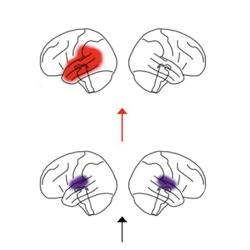From signal to action, how does the nervous system encode and process input from the environment?
 How does a pulse of light, a vibration or a particle floating in the air become a sensory experience—an image, a sound or a smell that the brain translates into something meaningful and acts on? In a split-second, prey perceives a predator and flees, a soldier hears gunshots and ducks, a mate recognizes mate and becomes aroused. The path from input to response is quick, but it is neither short nor simple.
How does a pulse of light, a vibration or a particle floating in the air become a sensory experience—an image, a sound or a smell that the brain translates into something meaningful and acts on? In a split-second, prey perceives a predator and flees, a soldier hears gunshots and ducks, a mate recognizes mate and becomes aroused. The path from input to response is quick, but it is neither short nor simple.
University of Maryland biologists are investigating the complex circuitry, biology and chemistry that underlie sensory perception. They study how neurons and sensory cells are wired together and how stimuli are encoded and decoded along the way. Our researchers use electrophysiology and basic anatomy to trace out physical connections in the circuitry of the brain. They use optogenetics and chemogenetics to manipulate gene expression and tease out the molecular pathways that sensory signals travel.
Understanding sensory systems is important to learning how the brain works, but it is also growing increasingly important to the study of diseases such as Alzheimer’s, which has been associated with a loss of olfaction and dementia, which has been connected to early hearing loss.
Below are just a few of the ways faculty members in the Department of Biology are breaking ground to understand how the senses work and how they change over time.
Hearing and Plasticity
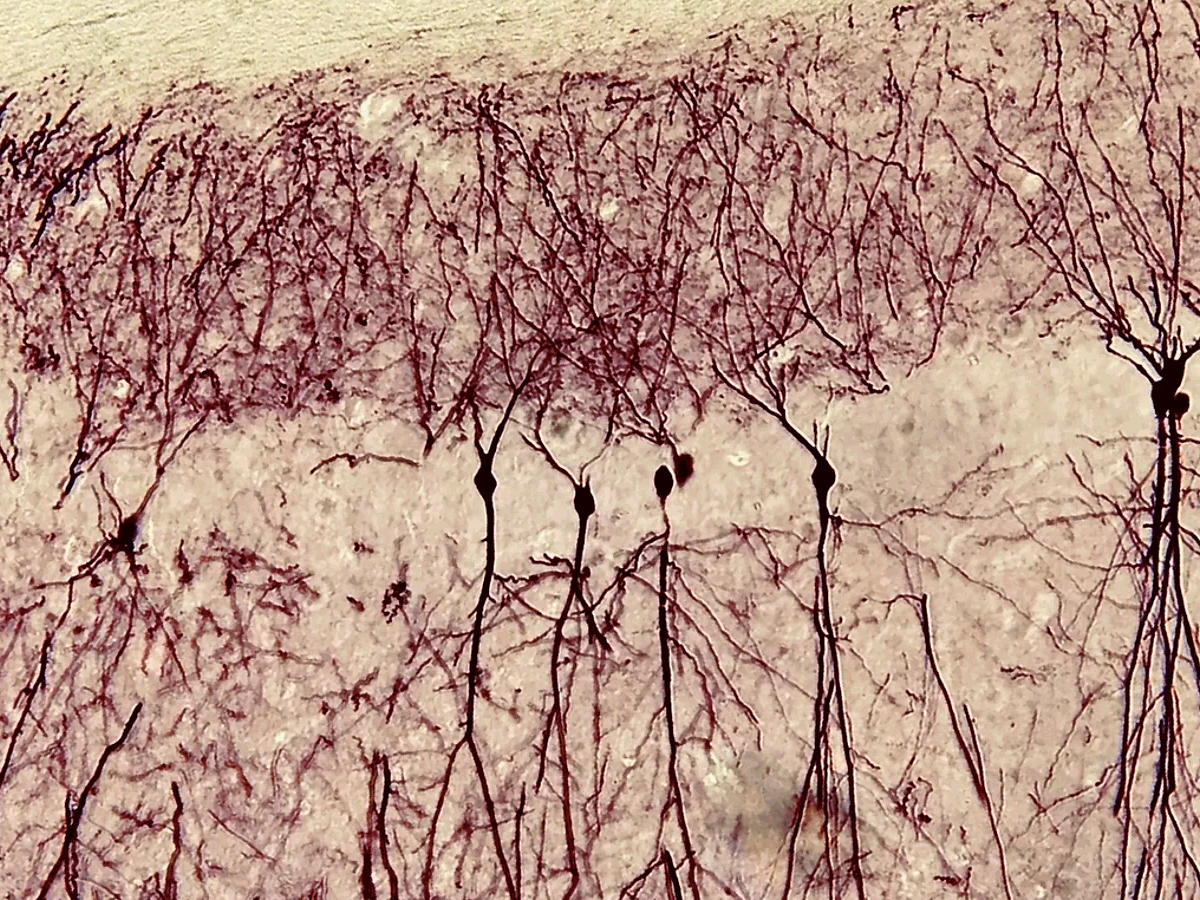 The intricate wiring of an animal’s sensory system is not baked in at birth but shaped over time through experiences that lead to what scientists call perceptual learning. Through perceptual learning, babies come to know the specific sounds of their language and musicians gain the ability to distinguish notes on a musical scale. Scientists don’t understand the neural mechanisms underlying perceptual learning or the limits of the brain’s plasticity. How much can we train our senses and at what age does learning slow or stop?
The intricate wiring of an animal’s sensory system is not baked in at birth but shaped over time through experiences that lead to what scientists call perceptual learning. Through perceptual learning, babies come to know the specific sounds of their language and musicians gain the ability to distinguish notes on a musical scale. Scientists don’t understand the neural mechanisms underlying perceptual learning or the limits of the brain’s plasticity. How much can we train our senses and at what age does learning slow or stop?
Melissa Caras investigates perceptual learning in the auditory system. Using Mongolian gerbils as a model, Caras is identifying the brain regions and neural pathways involved in perceptual learning. She is determining the anatomical structures necessary for perceptual improvement. Caras is particularly interested in the auditory cortex and the influence of non-auditory areas of the brain on hearing. For example, the orbital frontal cortex, which is involved in decision-making, is believed to modulate auditory regions, and Caras is working to understand how. Clarifying the influence of non-auditory regions on sensory systems could provide insight into an observed connection between hearing loss and dementia.
Attention to Smell
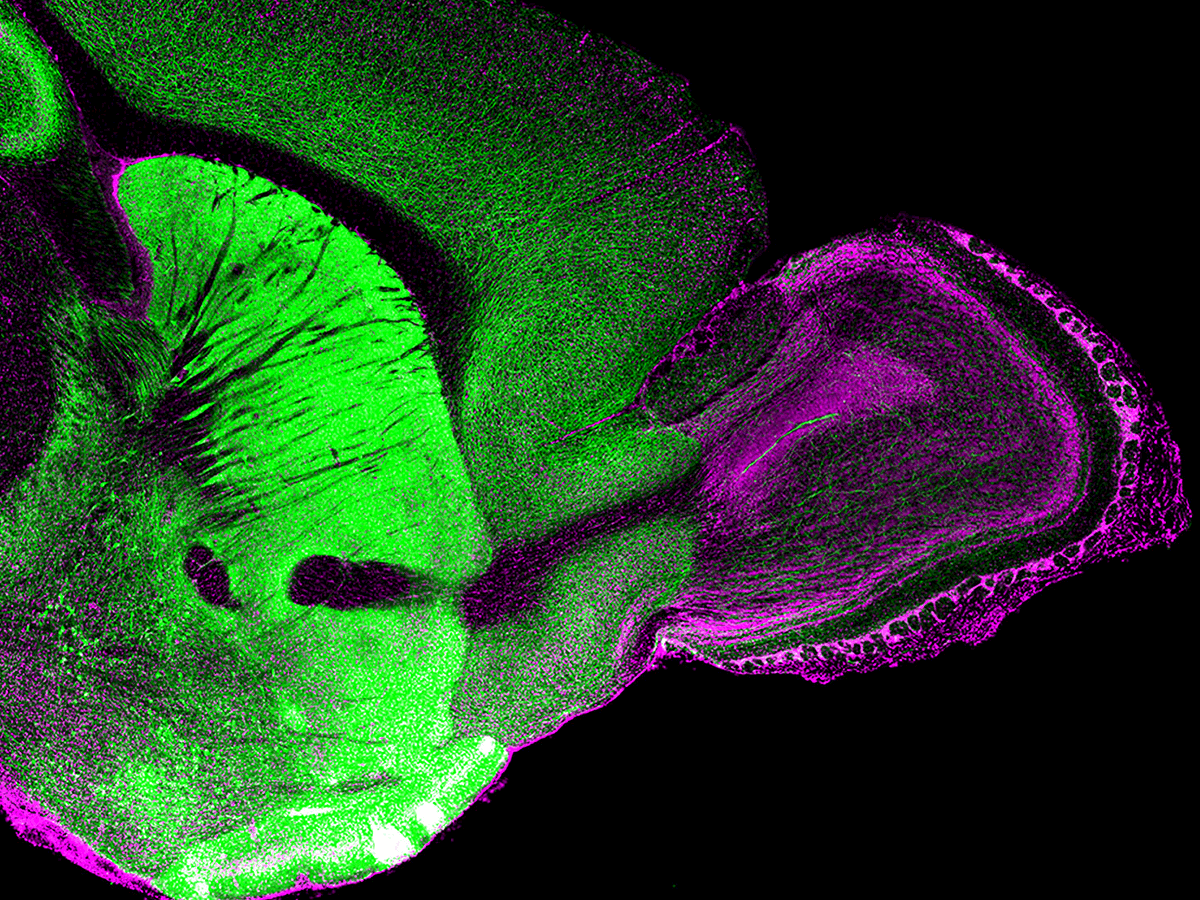 Our world is filled with sounds, sights and smells that the brain must continually filter to determine what requires attention. Chemicals such as hormones and neurotransmitters that control an animal’s internal state of mind play a significant role in setting the brain’s filter. For example, anxiety may heighten unfamiliar sounds or strengthen the scent of a predator. Hunger can make an animal more sensitive to the smell of food.
Our world is filled with sounds, sights and smells that the brain must continually filter to determine what requires attention. Chemicals such as hormones and neurotransmitters that control an animal’s internal state of mind play a significant role in setting the brain’s filter. For example, anxiety may heighten unfamiliar sounds or strengthen the scent of a predator. Hunger can make an animal more sensitive to the smell of food.
Ricardo Araneda studies how chemicals in the brain change the perception of odor and influence what the brain pays attention to. Araneda was the first to show that the hormone and neurotransmitter norepinephrine, which increases alertness and focuses attention, is elevated in mice during mating. He was among the first to find that the cholinergic system, associated with memory and emotion, also plays a role in inhibiting olfaction, which is an important part of selective attention. Recently, Araneda has been examining the effects of aging on olfactory circuits in mice with hopes of gaining clues into the connection between loss of olfaction and Alzheimer’s. Araneda is also collaborating with bioengineering faculty members at UMD to develop wet computers using neurons instead of silicon chips, potentially leading to things like robots that can sniff out explosives.
Form, Function and Vision
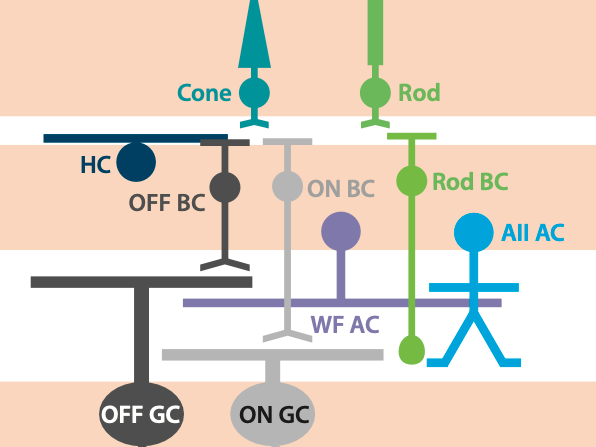 Vision is perhaps the most complex of vertebrate senses. As photons of light hit the eye, specialized cells in the nervous system capture roughly 40 discrete types of information about brightness, color, shape, movement, orientation and more. A complex array of neurons and synapses forms the neural circuitry that carries this information to the visual cortex deep inside the brain. Along the way, electrical signals are converted into chemical signals, then back to electrical signals again before the brain reassembles the information into a visual representation of the world.
Vision is perhaps the most complex of vertebrate senses. As photons of light hit the eye, specialized cells in the nervous system capture roughly 40 discrete types of information about brightness, color, shape, movement, orientation and more. A complex array of neurons and synapses forms the neural circuitry that carries this information to the visual cortex deep inside the brain. Along the way, electrical signals are converted into chemical signals, then back to electrical signals again before the brain reassembles the information into a visual representation of the world.
Joshua Singer studies how the properties of neurons and synapses involved in vision affect their function. His investigations delve into questions such as how neural cells connect and organize into circuits, how the properties of the cells match up with the function of the circuits, and why a given class of neurons in the retina has different properties than a similar class of neurons in the cortex. Singer was the first to identify and describe the properties and function of the key synapse involved in the single-photon transmission circuit, which enables human eyes to register light from as few as 10 photons.
Karen Carleton works to understand the biomolecular underpinnings of vision in cichlid fish. Through comparative analyses of similar species, Carleton is parsing the differences between photoreceptors—rods and cones—in the retina and identifying the various proteins they express. Proteins expressed by rods and cones give rise to a wide range of sensitivities across light levels and color spectra. Carleton was part of an international team of researchers that showed some deep-sea fish have rods, which were believed to be restricted to sensing light and dark, that also express color-sensitive proteins, suggesting the fish can see color in near darkness.









